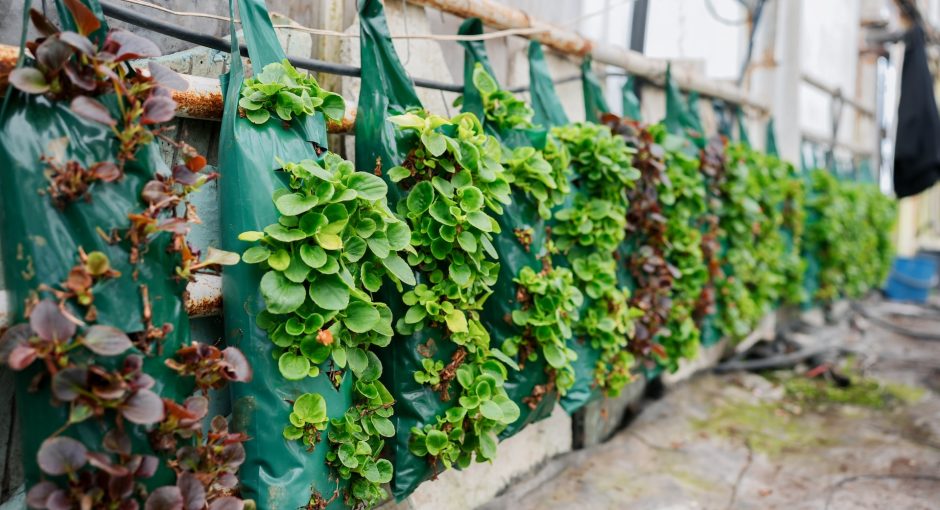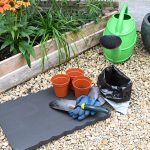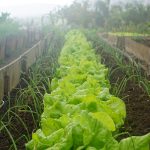If you have limited gardening space but still desire to grow a variety of plants, vertical gardening is the answer you’ve been looking for. This innovative technique allows you to make the most of your available space by utilizing vertical surfaces such as walls, fences, or trellises. Not only does vertical gardening maximize space efficiency, but it also boosts your yield. Let’s delve into the benefits and techniques of vertical gardening.
Maximizing Limited Space
Vertical gardening is an excellent solution for small gardens, balconies, or even indoor spaces. By growing plants vertically, you can utilize the vertical surfaces that are often overlooked, effectively using every inch of available space. This is particularly beneficial for urban dwellers or those with limited yard areas. With vertical gardening, you can transform a bare wall into a lush green oasis and enjoy gardening even in confined spaces.
Increased Crop Yield
One of the significant advantages of vertical gardening is its potential to increase crop yield. By training plants to grow vertically, you can create a higher density of plants in a given area compared to traditional horizontal gardening methods. This means more plants can be grown, leading to a greater yield of fruits, vegetables, or herbs. Additionally, vertical gardening ensures better airflow and sunlight exposure, resulting in healthier plants and better productivity.
Choosing Suitable Plants
When practicing vertical gardening, it’s crucial to select plants that are well-suited for vertical growth. Climbing or vining plants, such as cucumbers, tomatoes, beans, and peas, are ideal candidates for vertical gardening. These plants naturally thrive when provided with vertical support and can be easily trained to grow upwards. Compact varieties of fruits or vegetables, such as bush tomatoes or dwarf melons, are also suitable for vertical gardening as they require less space but still produce a bountiful harvest.
Creative Trellises and Structures
Creating a sturdy and functional support system is essential for successful vertical gardening. Trellises, cages, and stakes can provide vertical support for climbing plants, allowing them to grow upwards. Additionally, you can repurpose items such as wooden pallets, ladders, or PVC pipes to create innovative vertical structures for your plants. Just let your imagination roam free and experiment with various materials and designs to add a touch of creativity to your vertical garden.
In conclusion, vertical gardening is a game-changer for maximizing gardening space and increasing crop yield. By utilizing vertical surfaces, choosing suitable plants, and creating innovative support structures, you can transform even the smallest spaces into vibrant and productive gardens. Whether you have a tiny balcony or a small backyard, vertical gardening offers endless possibilities to pursue your green thumb and enjoy the joy of gardening in a vertical world.





